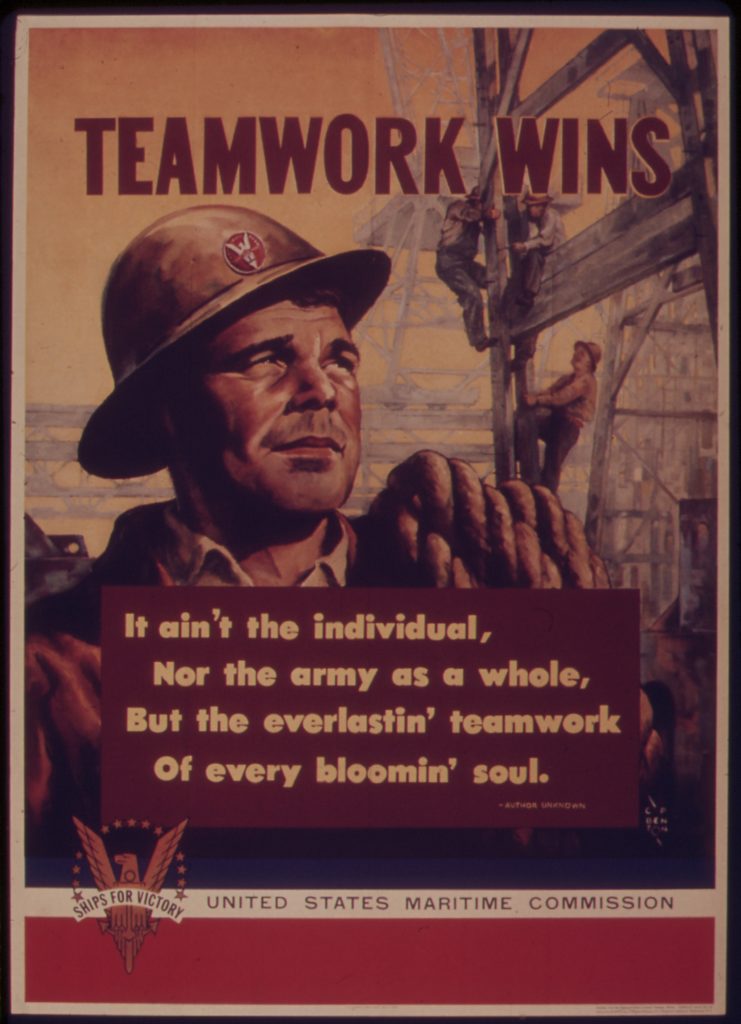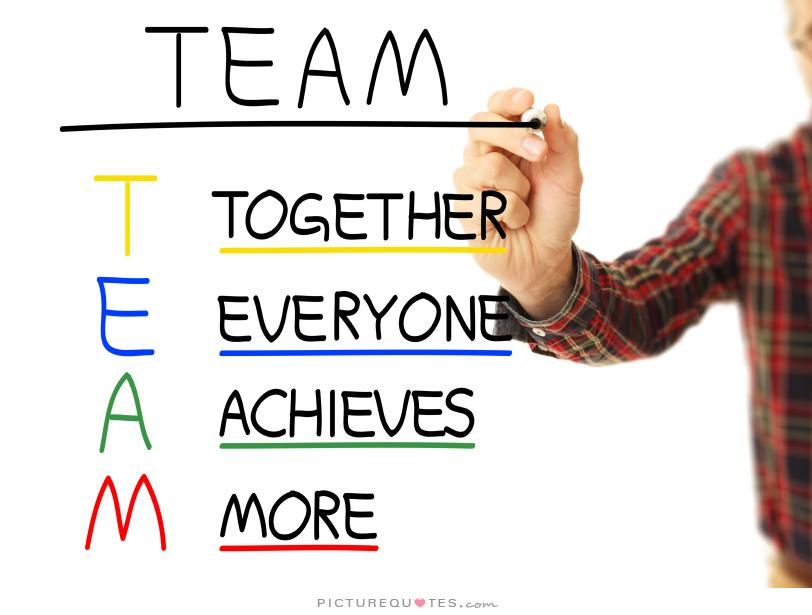Click here to return to Blog Post Intro

Those who know me understand how I’m often inspired by songs. I like this one from Disney’s High School Musical.
To build a team of leaders, I like the advice given by Gustavson & Liff in their 2014 book A Team of Leaders: Empowering Every Member to Take Ownership, Demonstrate Initiative, and Deliver Results. They assert that you have to create an environment where everyone is a leader. That is, an environment where everyone works together, takes the initiative, assumes ownership, is willing to deal with difficult issues, & accepts accountability for the team’s results.
Creating Advantage Through the Five-Stage Team Development Model
The ultimate goal is to create a self-managed team of employees working on their own toward a common goal, whose members identify, plan, and manage their daily activities and work under very limited or no supervision. As the team develops, the members do, too, with one of the key objectives being to transform each employee into a committed, highly engaged, flexible, and well-rounded leader. To get there, a team goes through the following five stages:
- At the first stage, your team will start off with virtually every key decision being made by the supervisor or team leader. At Stage One (the way most units/teams work today), the team leader interacts with each team member, one-on-one.
- During Stage Two, it will start to grapple with what its goals and objectives are and try to ensure that everyone is on the same page. Again, this transition usually doesn’t happen as quickly as many would like. The team leader will still have to do a lot of coordinating and mentoring.
- Stage Three is the midway point in your team’s evolution. While there still may be some frustration, members will start to learn their roles and come together. The “big picture” starts to become clearer to the team and its members, and a few individuals will even step up and provide some limited but real leadership.
- At Stage Four, your team will really start to hum. Most of the team members are able to step up and lead in at least one specific area. People will communicate quite well and learn from each other. At this stage, the supervisor will now be more of a coach and be on a more equal footing with the other team members, and the primary focus becomes training and developing the team members.
- In reaching Stage Five, it will be at the highest level where the team is self-managing. Now the leader becomes more of a peripheral member of the team and is free to work on larger issues such as analysis, planning, and cross-functional concerns. This is the stage where the team essentially manages itself, everyone becomes a leader, and the supervisor’s time is freed up to work in other areas that create more value.
“Teams are perfectly designed to get the results that they get.” This principle is the starting place for designing your team. Your team’s ability to learn, share, and apply new knowledge is the most important source of your competitive advantage. The culture of the team is a critical factor in its learning capability. Culture cannot be mandated, but it can be influenced.
When considering your design strategy, there are four types of choices to consider:
- Mission. A mission statement identifies your primary reason for being and your distinctive competency. A good mission statement should be energizing, simple, and concise.
- Guiding principles. These statements describe your team’s underlying beliefs about the best way to create the right team culture to do business and achieve your mission and outcomes. They include beliefs that govern how teammates should treat one another, as well as beliefs that should govern the decisions about the team’s design choices.
- Uniqueness. This is what separates your team from others and makes it special. In essence, it is your team’s identity.
- Team metrics. These are measures important for achieving your desired outcomes. They can be summarized as a set of key performance indicators that measure ongoing performance in four areas: 1) customer performance, 2) financial performance, 3) internal operating performance, and 4) culture and knowledge.
All of these choices must be properly aligned to drive the right behaviors, feelings, and attributes of the team’s members. In other words, to produce a team of leaders, a team must be perfectly designed to get that result.
People are much more likely to become leaders if they understand the value they contribute to the team. Your team needs a team value creation model—it will provide you with the information you need to win. For your team to run as a self-contained business, with everyone being a leader, everyone must know his or her success in creating value for the organization. And for people to know their success in creating value for the organization, they must have two vital pieces of information: their cost for the process/team, and the value of the output they produce.
While team members must know how they are doing and whether they are creating an increase or decrease in value for the organization, at the same time, they must also be connected around a sense of purpose. In our experience and research, we have found that the best teams do both. They focus on both the collective left brain (the logical, analytical side) and right brain (the purposeful, value-based holistic, emotional side) in order to achieve the team’s maximum potential.
To assess team effectiveness, ask each team member to answer a series of statements, ranking each on a scale of 1 to 5, with 1 meaning “to a very small extent” and 5 meaning “to a very large extent”:
- The people I work with understand our mission and vision.
- The people I work with clearly understand what is important to each of our customers.
- Teamwork is encouraged and we always work as a team.
- My teammates are committed to doing a good job.
- We work toward specific and measurable goals that are well understood by all members of our team.
This assessment gives an excellent picture of the “state of the team” from the perspective of each of its members.
Leaders are made, not born, and the best way to create a team of leaders is to create an environment and framework within which they will grow into the role. Google encouraged its best and brightest to spend 10 percent of their time at work doing whatever they thought would benefit Google. At Hallmark, team members were requested to learn something new and to share it with someone else. Jack Welch of GE required members of his senior team to report what they had learned and whom they had in turn taught. Learning labs, learning rooms, and offsite retreats are other examples of design elements that can foster a learning environment.
Turning everyone into a leader using the Five-Stage Team Development Model is a win-win situation for all concerned. Your employees will be more engaged, more involved, and more excited. They will work within a team design that is logical, efficient, and well aligned, and they will use processes that have relatively few downstream variances. In addition, they will develop far more skills than they currently have and understand the value they contribute to their team and the organization.
If you apply the various strategies, tools, and techniques you need to create high-performance teams, in the manner we’ve described, you will take your team/organization to a whole new level. We wish you the best of luck on your journey.



